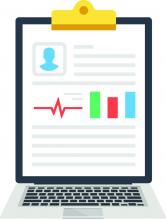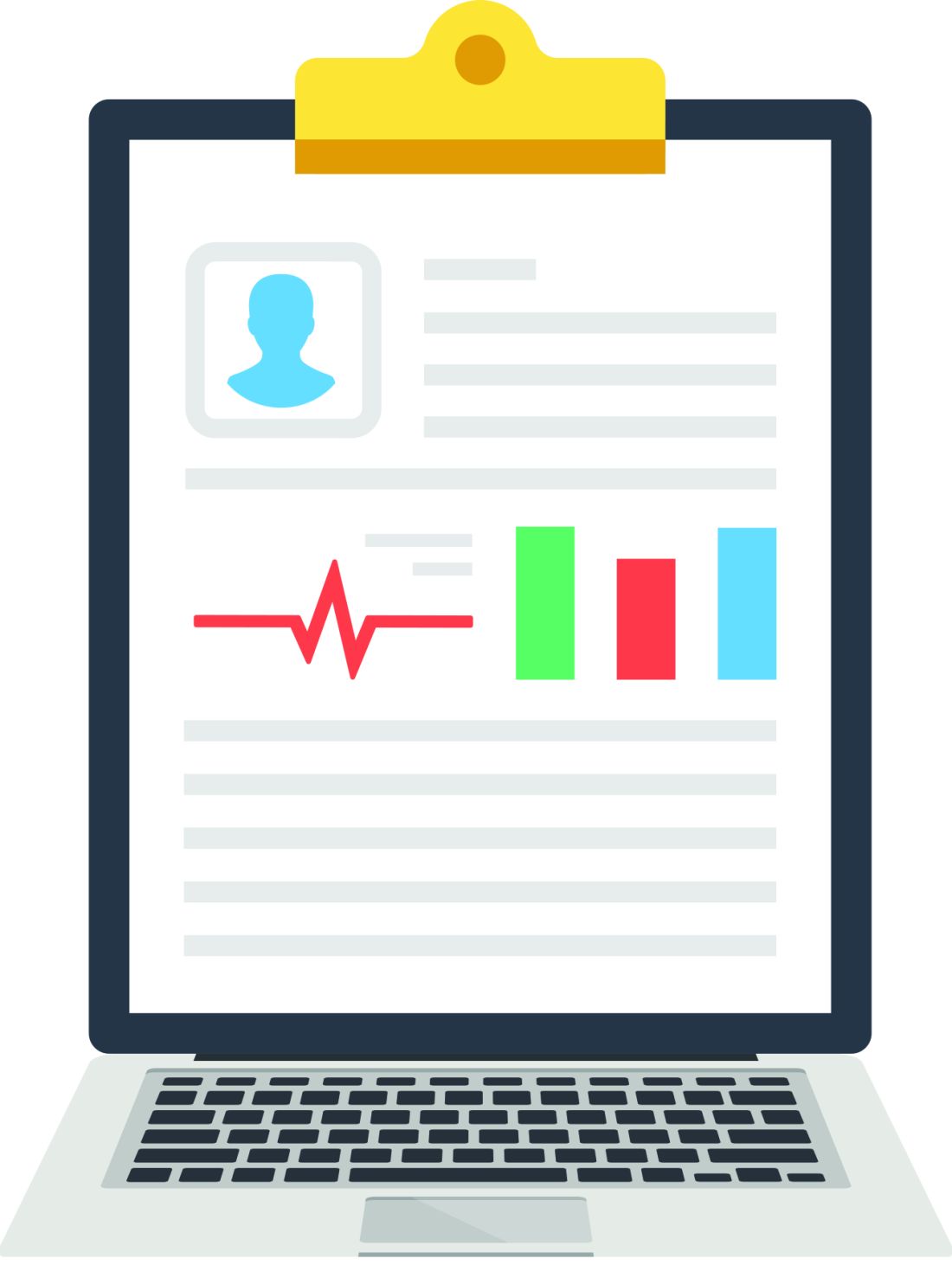User login
Hospitalists can help enlist patients in the movement toward improved patient safety, and they can begin simply by sharing their notes.
OpenNotes offers a new platform to do that, according to a BMJ Quality & Safety article, “A patient feedback reporting tool for OpenNotes: implications for patient-clinician safety and quality partnerships.”1
In their study, the researchers invited 6,225 patients to read clinicians’ notes and, through a patient portal, provide feedback. Forty-four percent of patients read the notes; nearly all (96%) respondents reported understanding the notes; 1 in 12 submitted feedback.
“Patients can [and did] find documentation errors in their notes and were willing to report them without any apparent negative effect on the patient-clinician relationship,” Dr. Bell says. “The majority of patients also wanted to share positive feedback with their providers. Sharing notes can also facilitate information transfer across care settings.”
Investigators also reported on feedback from patients that hearing the notes helped them to remember next steps.
“Reading discharge summaries and visit notes from follow-up visits after a hospitalization may prove particularly important,” Dr. Bell says. “Providing patients with access to their notes may help them to adhere to the care plan, better remember recommended follow up tests or visits, and potentially stem preventable readmissions.”
What hospitalists can do now, Dr. Bell adds, is:
- Share their notes with patients and families (by printing the discharge summaries if they are not available on the portal and/or sharing notes from post-discharge follow-up visits).
- Emphasize for patients and families the important role they play as safety partners.
- Ask patients who receive care in other healthcare centers if they have OpenNotes, which can help hospitalists obtain medical records quickly and efficiently.
- Encourage patients to sign up for the patient portal and ask for their notes, for ambulatory visits to begin with and for in-patient notes when they become available.
Suzanne Bopp is a freelance medical writer in New York City.
Reference
1. Bell SK, Gerard M, Fossa A, et al. A patient feedback reporting tool for OpenNotes: implications for patient-clinician safety and quality partnerships [published online ahead of print, Dec. 13, 2016]. BMJ Qual Saf. doi: 10.1136/bmjqs-2016-006020.
Hospitalists can help enlist patients in the movement toward improved patient safety, and they can begin simply by sharing their notes.
OpenNotes offers a new platform to do that, according to a BMJ Quality & Safety article, “A patient feedback reporting tool for OpenNotes: implications for patient-clinician safety and quality partnerships.”1
In their study, the researchers invited 6,225 patients to read clinicians’ notes and, through a patient portal, provide feedback. Forty-four percent of patients read the notes; nearly all (96%) respondents reported understanding the notes; 1 in 12 submitted feedback.
“Patients can [and did] find documentation errors in their notes and were willing to report them without any apparent negative effect on the patient-clinician relationship,” Dr. Bell says. “The majority of patients also wanted to share positive feedback with their providers. Sharing notes can also facilitate information transfer across care settings.”
Investigators also reported on feedback from patients that hearing the notes helped them to remember next steps.
“Reading discharge summaries and visit notes from follow-up visits after a hospitalization may prove particularly important,” Dr. Bell says. “Providing patients with access to their notes may help them to adhere to the care plan, better remember recommended follow up tests or visits, and potentially stem preventable readmissions.”
What hospitalists can do now, Dr. Bell adds, is:
- Share their notes with patients and families (by printing the discharge summaries if they are not available on the portal and/or sharing notes from post-discharge follow-up visits).
- Emphasize for patients and families the important role they play as safety partners.
- Ask patients who receive care in other healthcare centers if they have OpenNotes, which can help hospitalists obtain medical records quickly and efficiently.
- Encourage patients to sign up for the patient portal and ask for their notes, for ambulatory visits to begin with and for in-patient notes when they become available.
Suzanne Bopp is a freelance medical writer in New York City.
Reference
1. Bell SK, Gerard M, Fossa A, et al. A patient feedback reporting tool for OpenNotes: implications for patient-clinician safety and quality partnerships [published online ahead of print, Dec. 13, 2016]. BMJ Qual Saf. doi: 10.1136/bmjqs-2016-006020.
Hospitalists can help enlist patients in the movement toward improved patient safety, and they can begin simply by sharing their notes.
OpenNotes offers a new platform to do that, according to a BMJ Quality & Safety article, “A patient feedback reporting tool for OpenNotes: implications for patient-clinician safety and quality partnerships.”1
In their study, the researchers invited 6,225 patients to read clinicians’ notes and, through a patient portal, provide feedback. Forty-four percent of patients read the notes; nearly all (96%) respondents reported understanding the notes; 1 in 12 submitted feedback.
“Patients can [and did] find documentation errors in their notes and were willing to report them without any apparent negative effect on the patient-clinician relationship,” Dr. Bell says. “The majority of patients also wanted to share positive feedback with their providers. Sharing notes can also facilitate information transfer across care settings.”
Investigators also reported on feedback from patients that hearing the notes helped them to remember next steps.
“Reading discharge summaries and visit notes from follow-up visits after a hospitalization may prove particularly important,” Dr. Bell says. “Providing patients with access to their notes may help them to adhere to the care plan, better remember recommended follow up tests or visits, and potentially stem preventable readmissions.”
What hospitalists can do now, Dr. Bell adds, is:
- Share their notes with patients and families (by printing the discharge summaries if they are not available on the portal and/or sharing notes from post-discharge follow-up visits).
- Emphasize for patients and families the important role they play as safety partners.
- Ask patients who receive care in other healthcare centers if they have OpenNotes, which can help hospitalists obtain medical records quickly and efficiently.
- Encourage patients to sign up for the patient portal and ask for their notes, for ambulatory visits to begin with and for in-patient notes when they become available.
Suzanne Bopp is a freelance medical writer in New York City.
Reference
1. Bell SK, Gerard M, Fossa A, et al. A patient feedback reporting tool for OpenNotes: implications for patient-clinician safety and quality partnerships [published online ahead of print, Dec. 13, 2016]. BMJ Qual Saf. doi: 10.1136/bmjqs-2016-006020.

